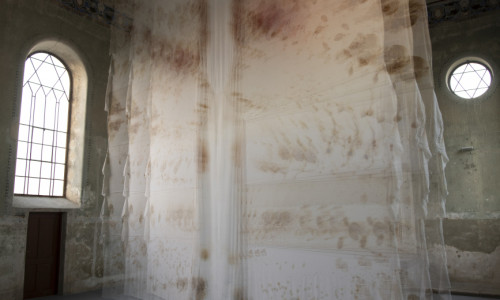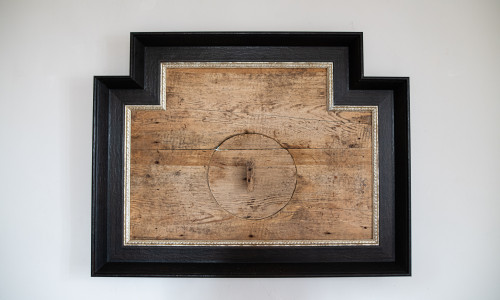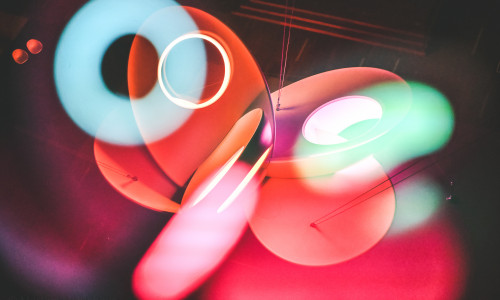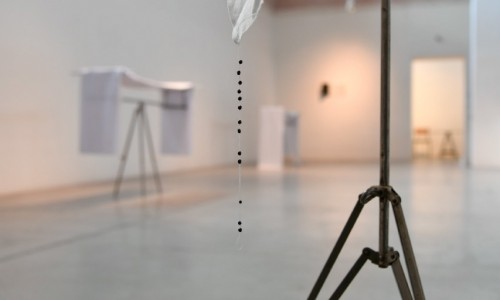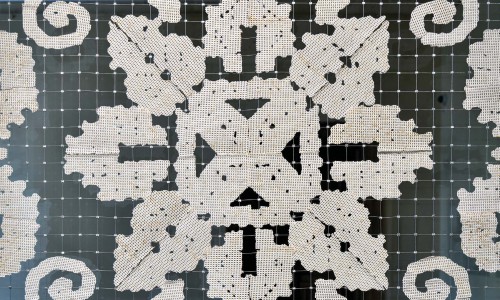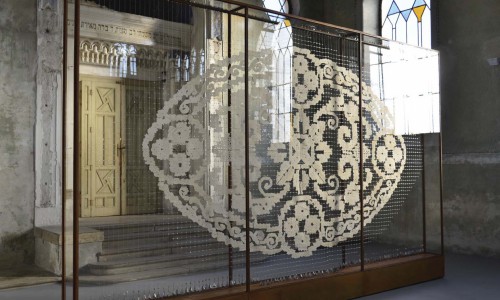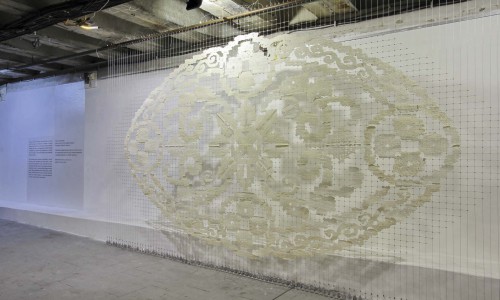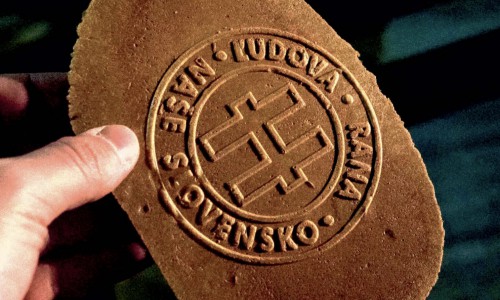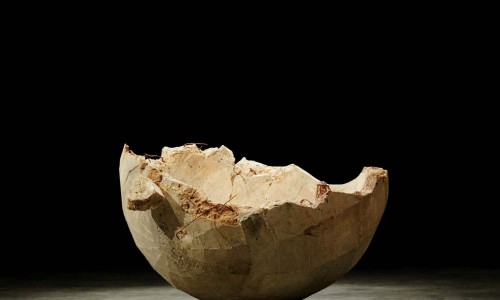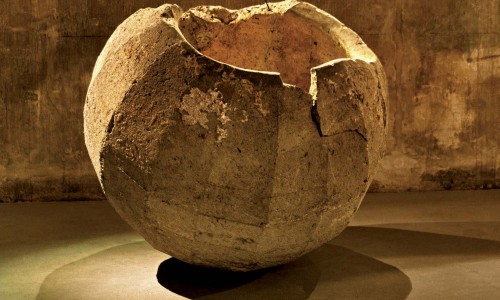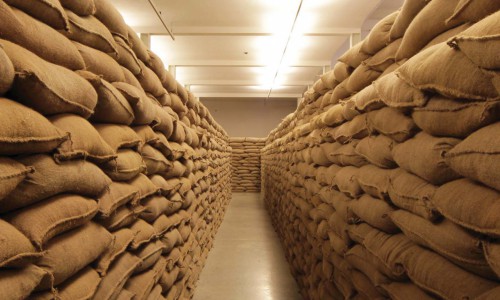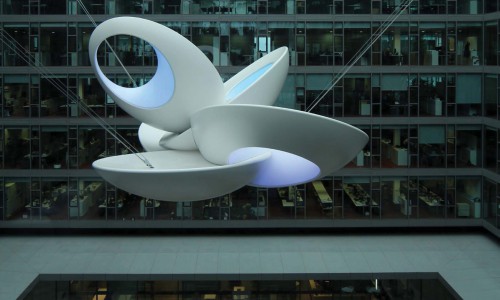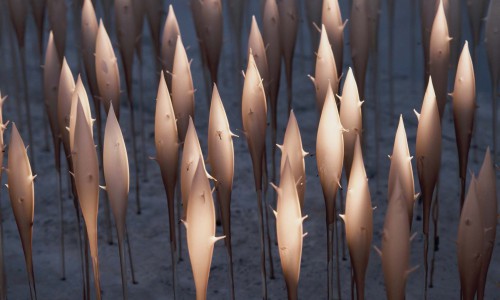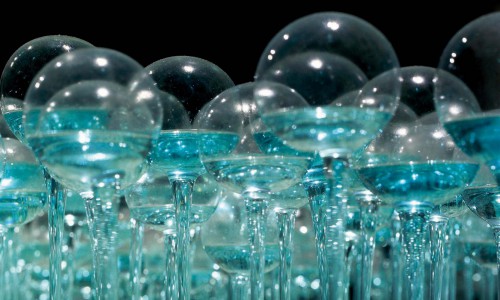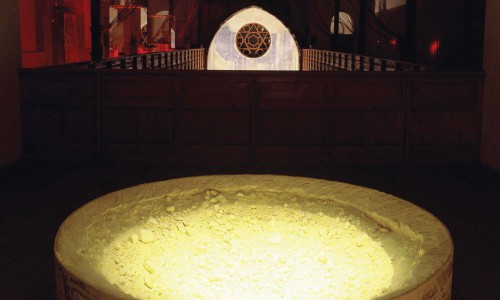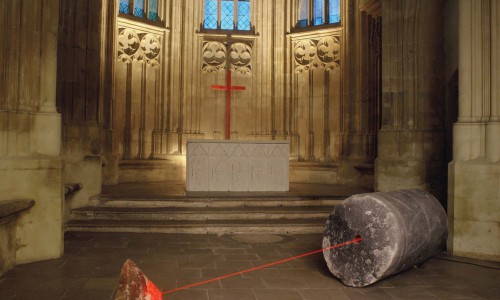Traces of Origin-Blossoming
Monika & Bohuš Kubinskí
Schemnitz Gallery Banská Štiavnica
2023
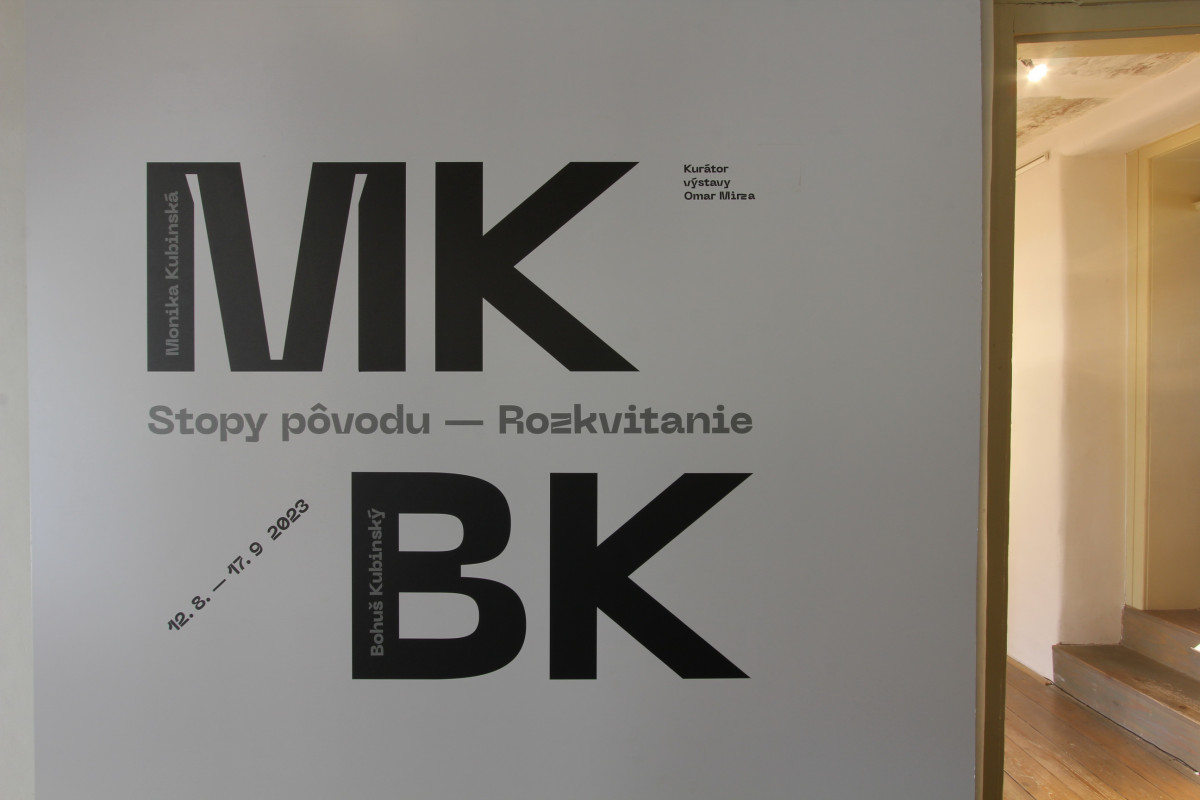
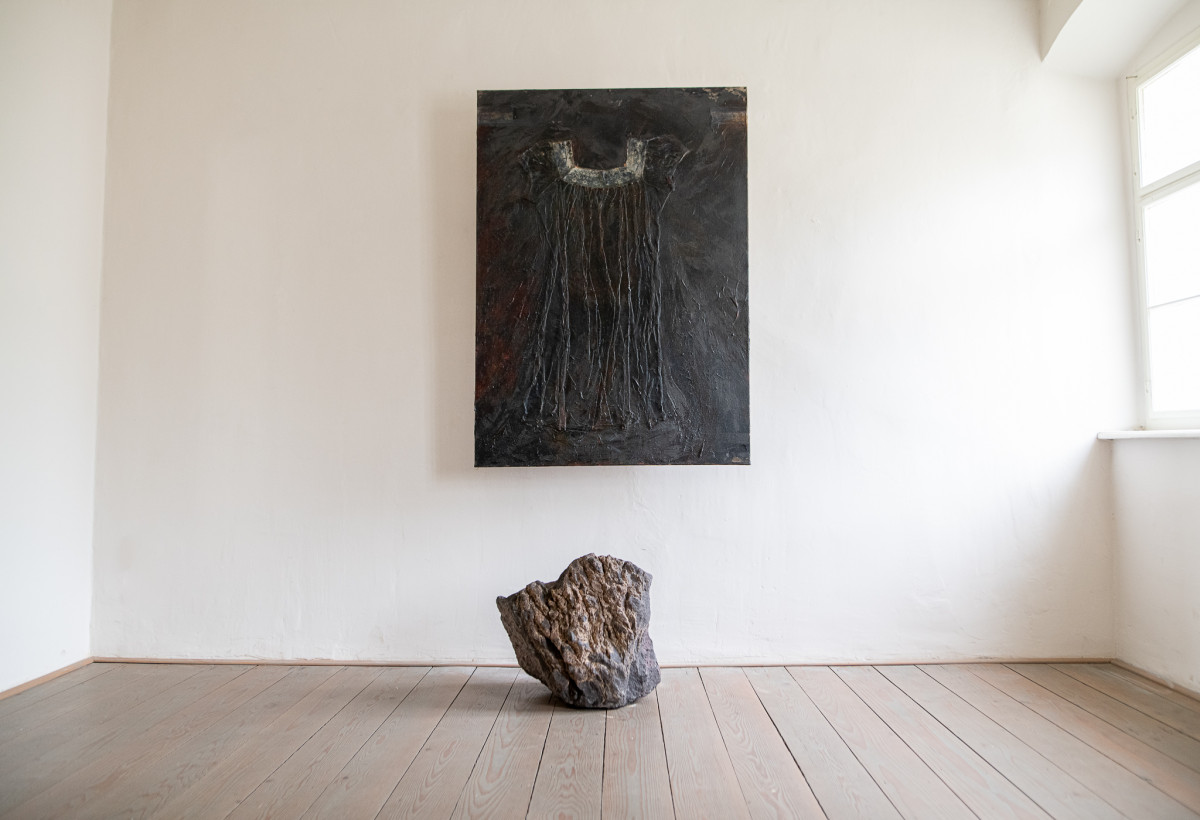
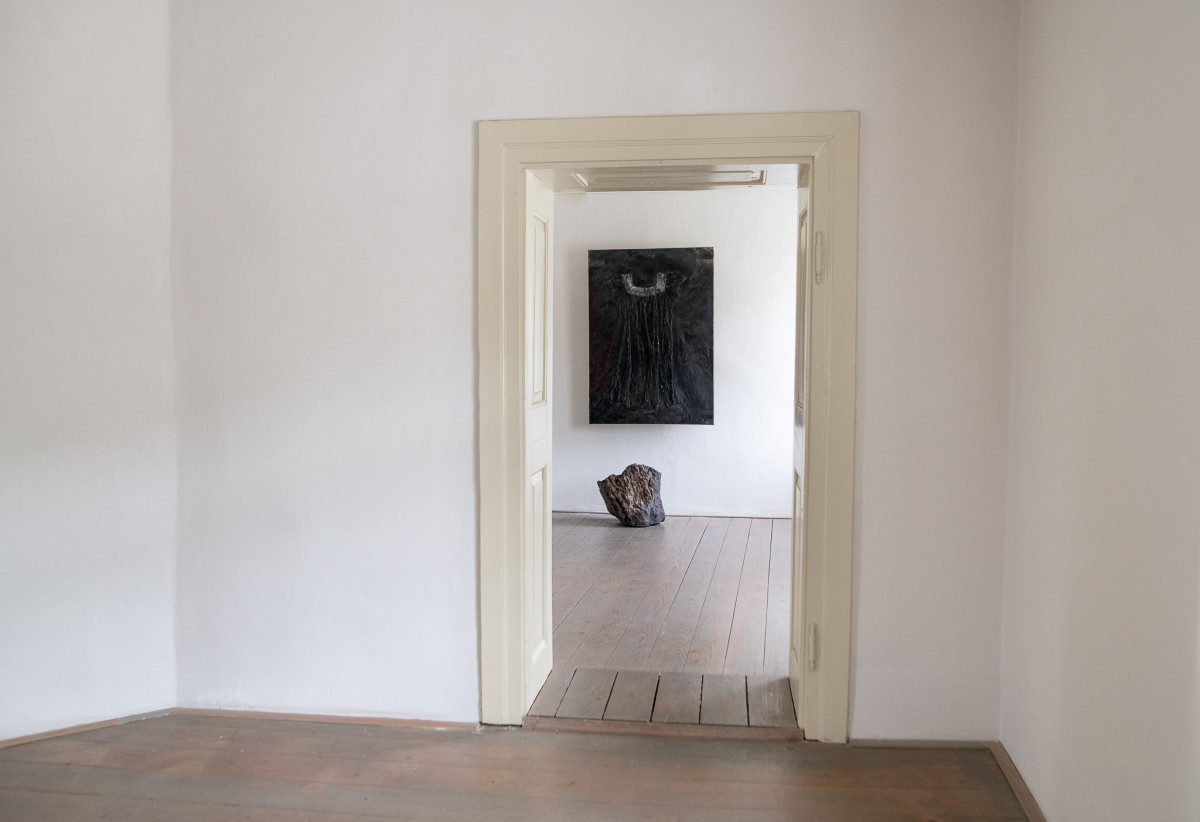
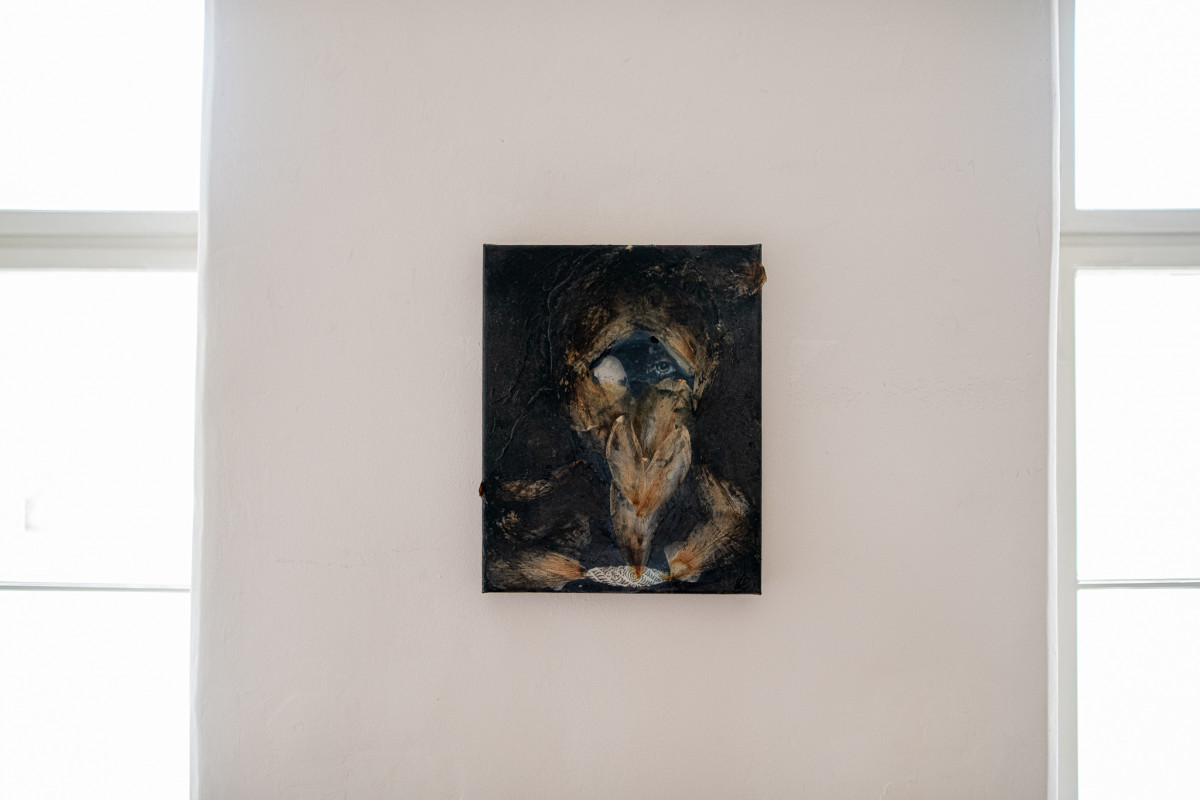
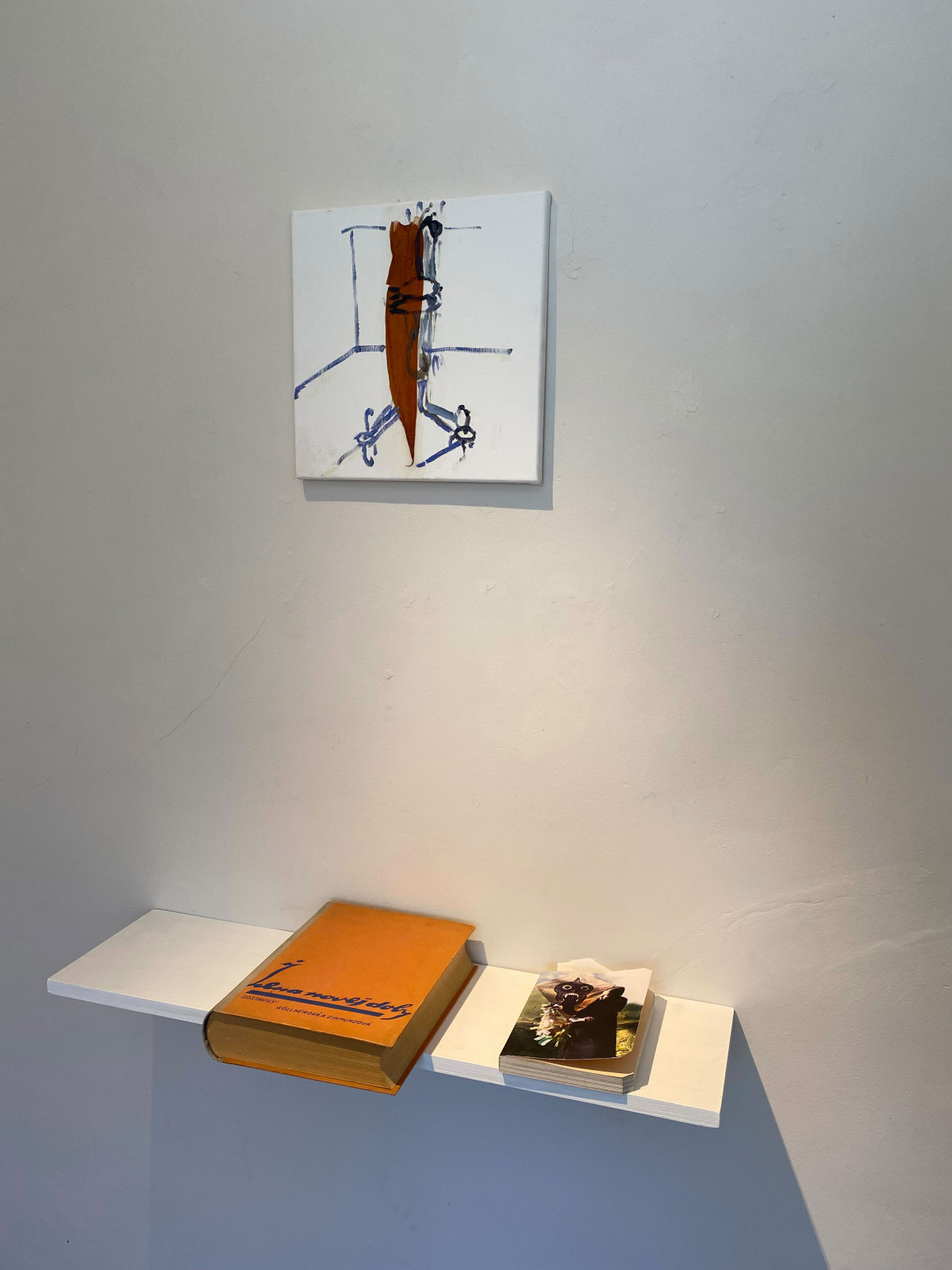
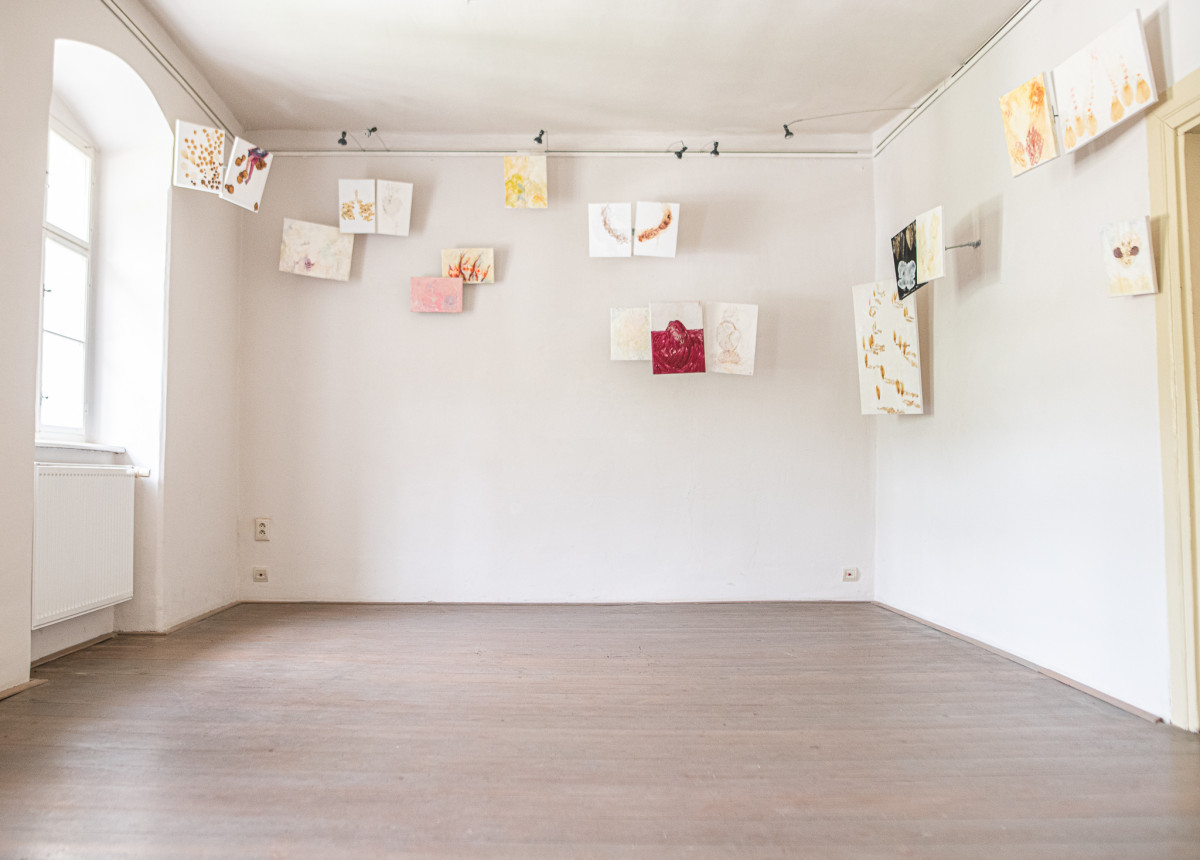
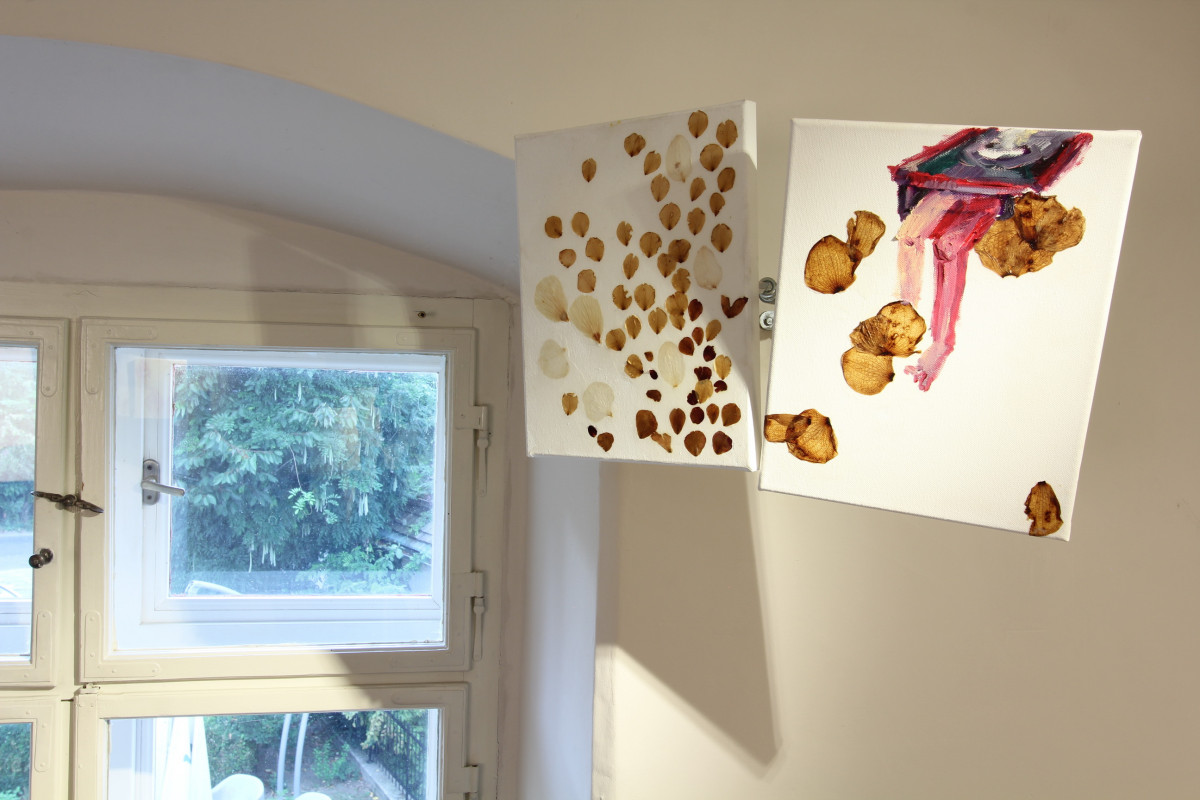
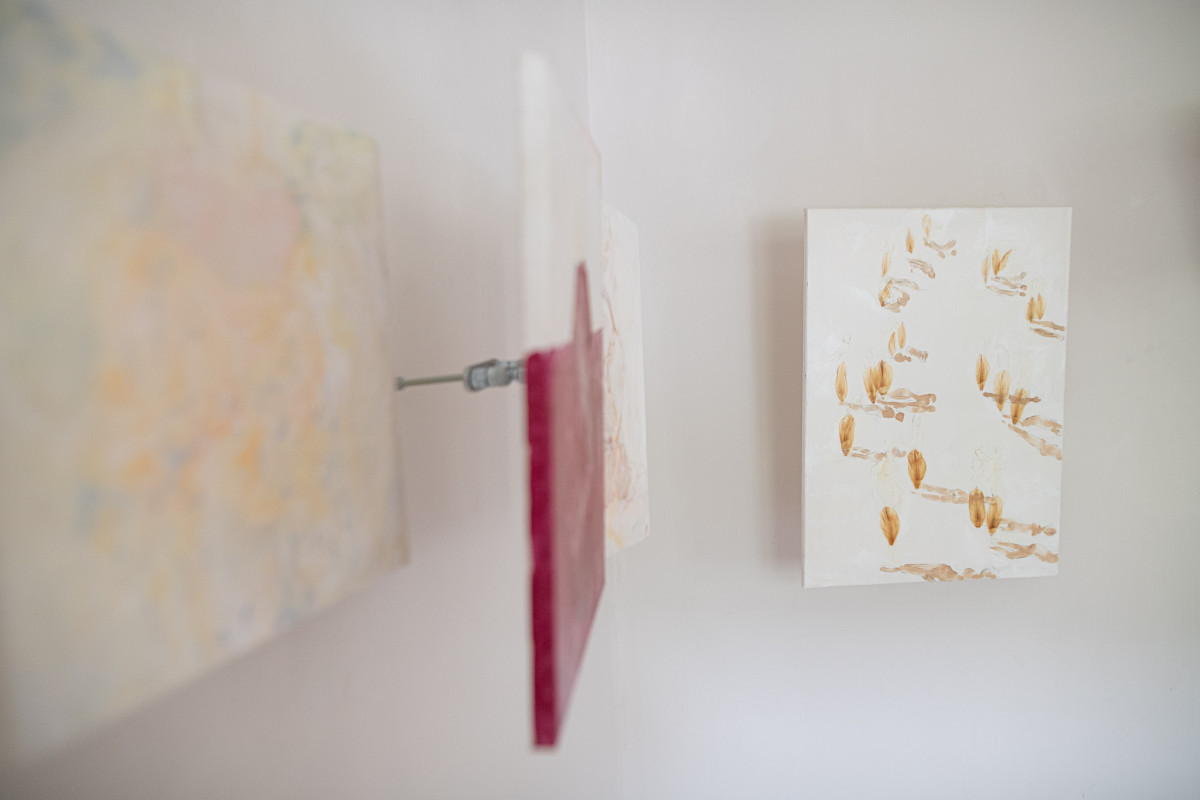
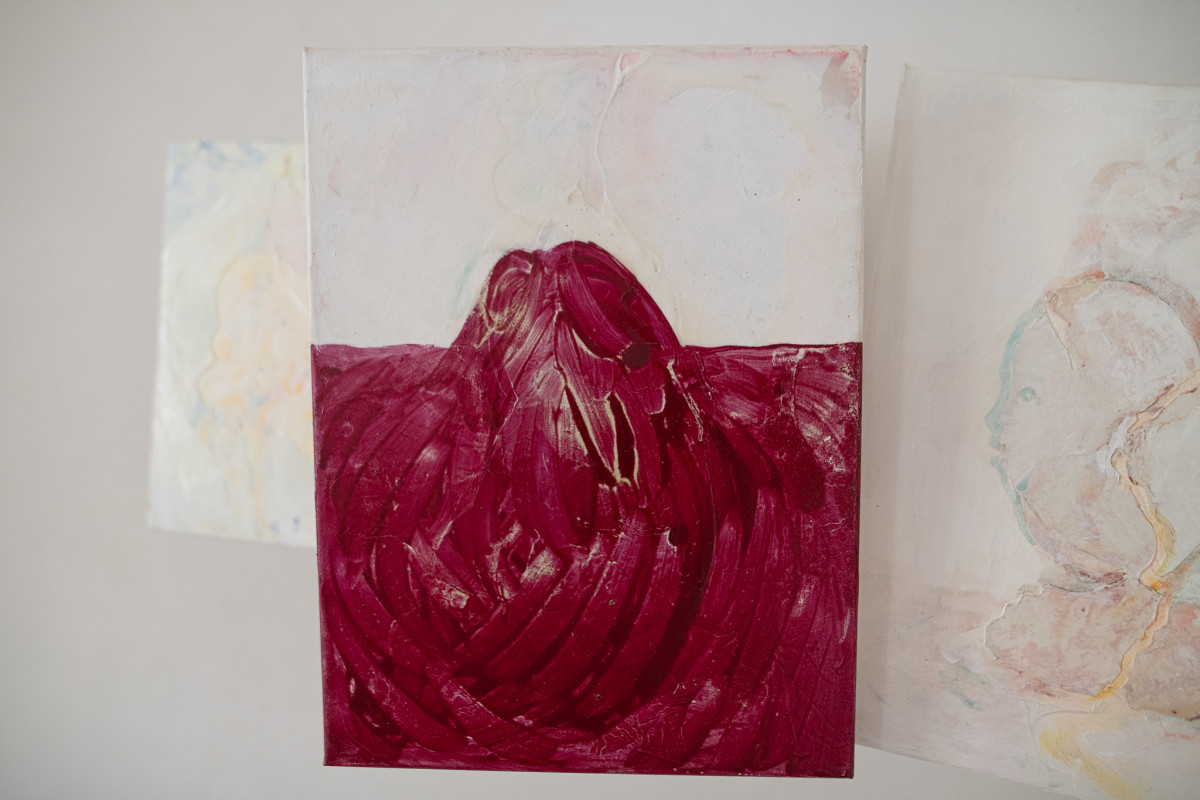

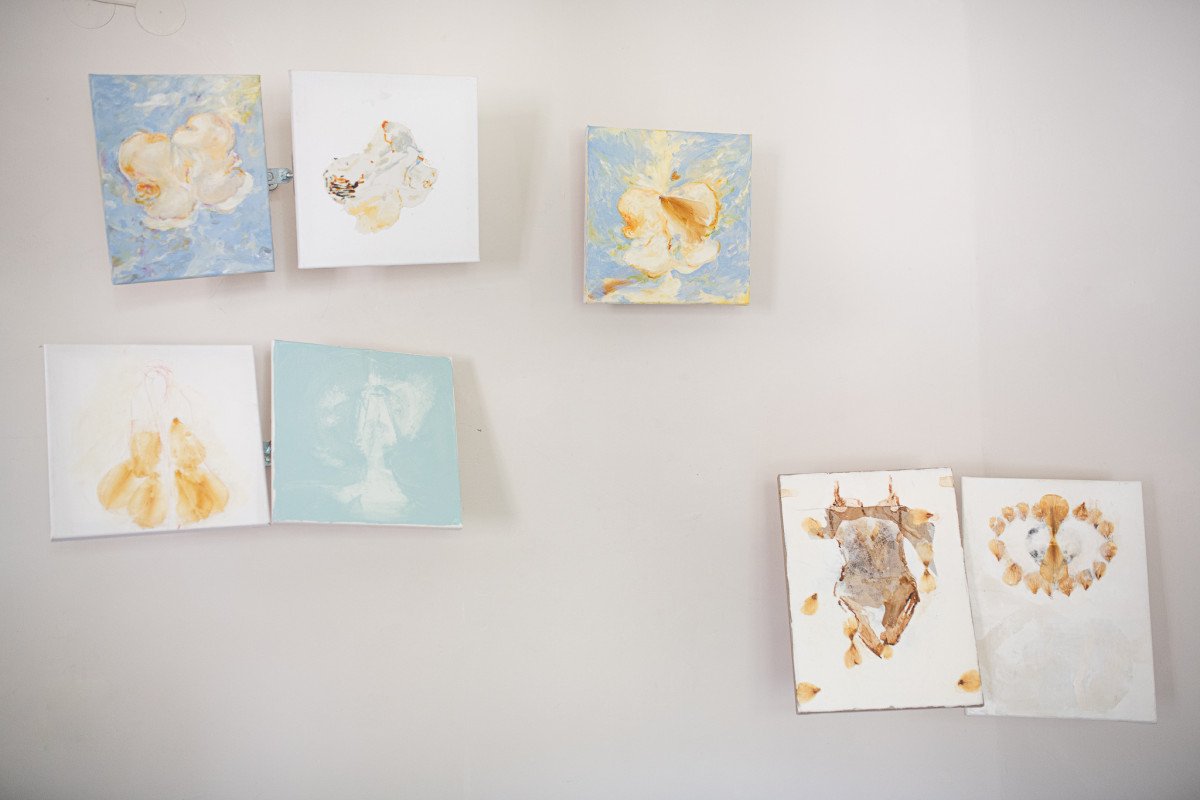
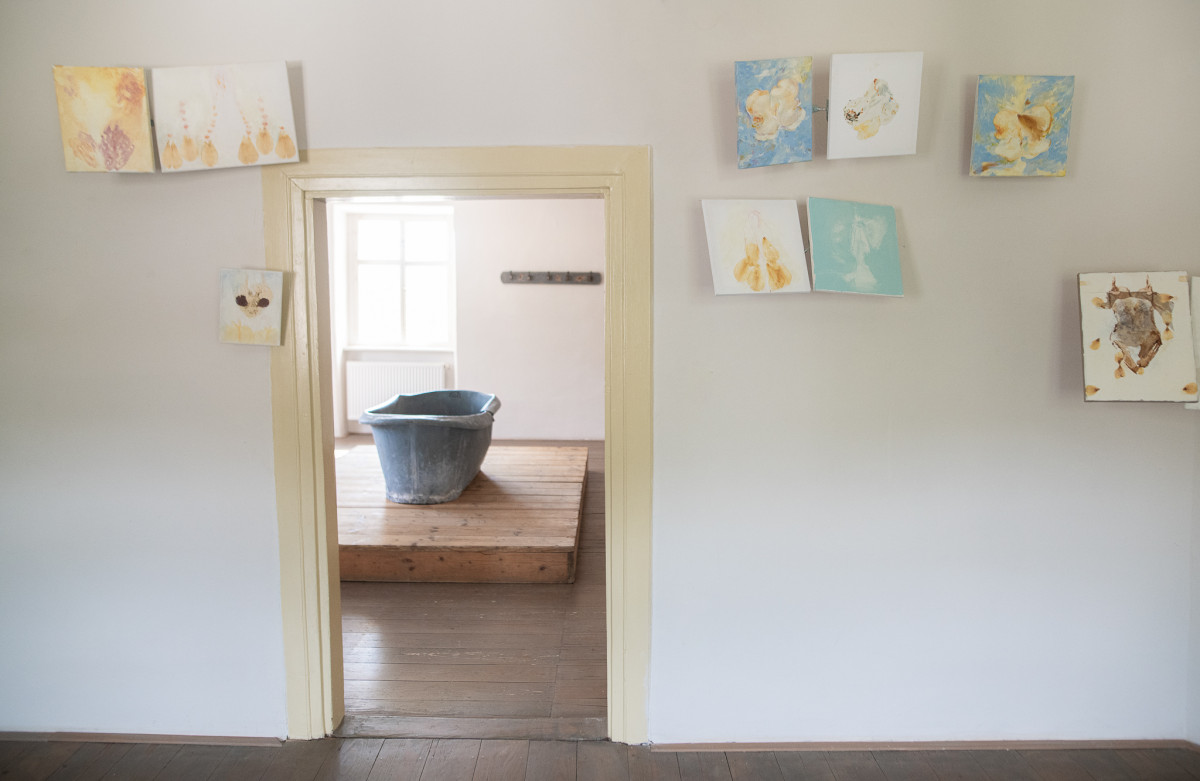
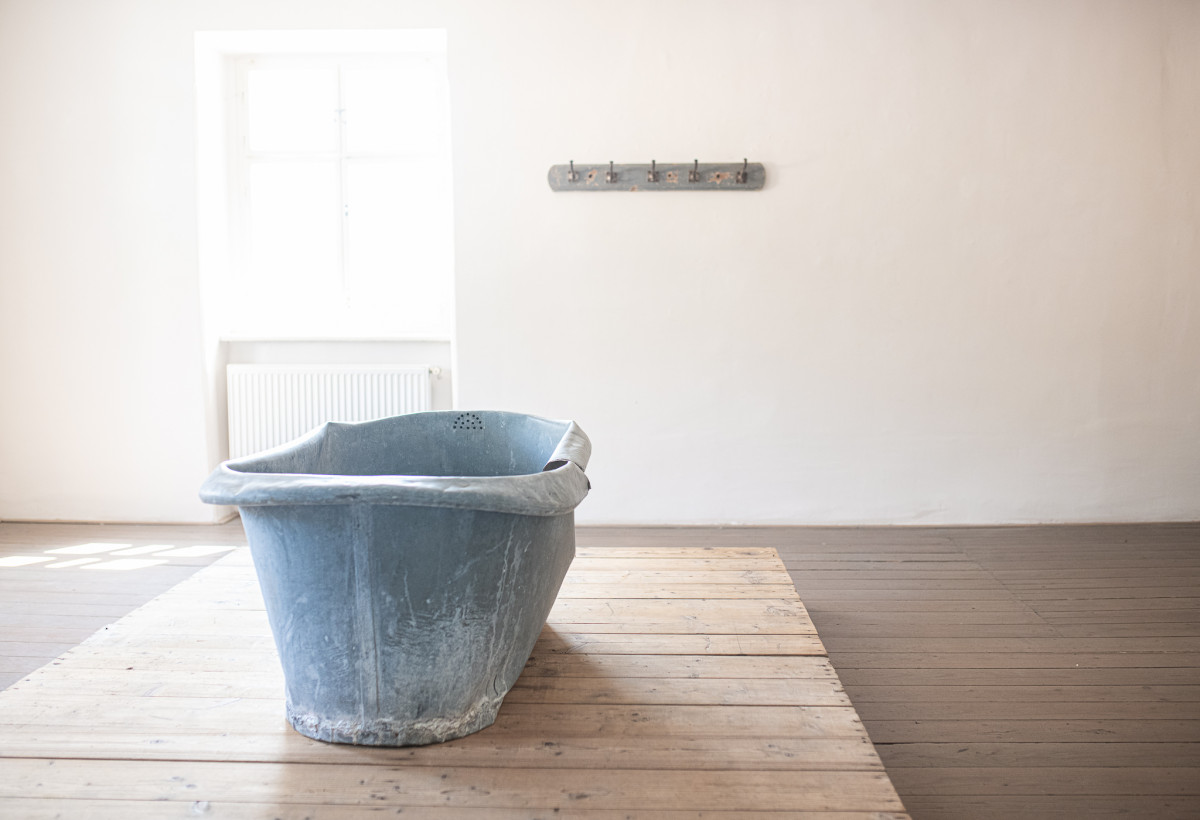
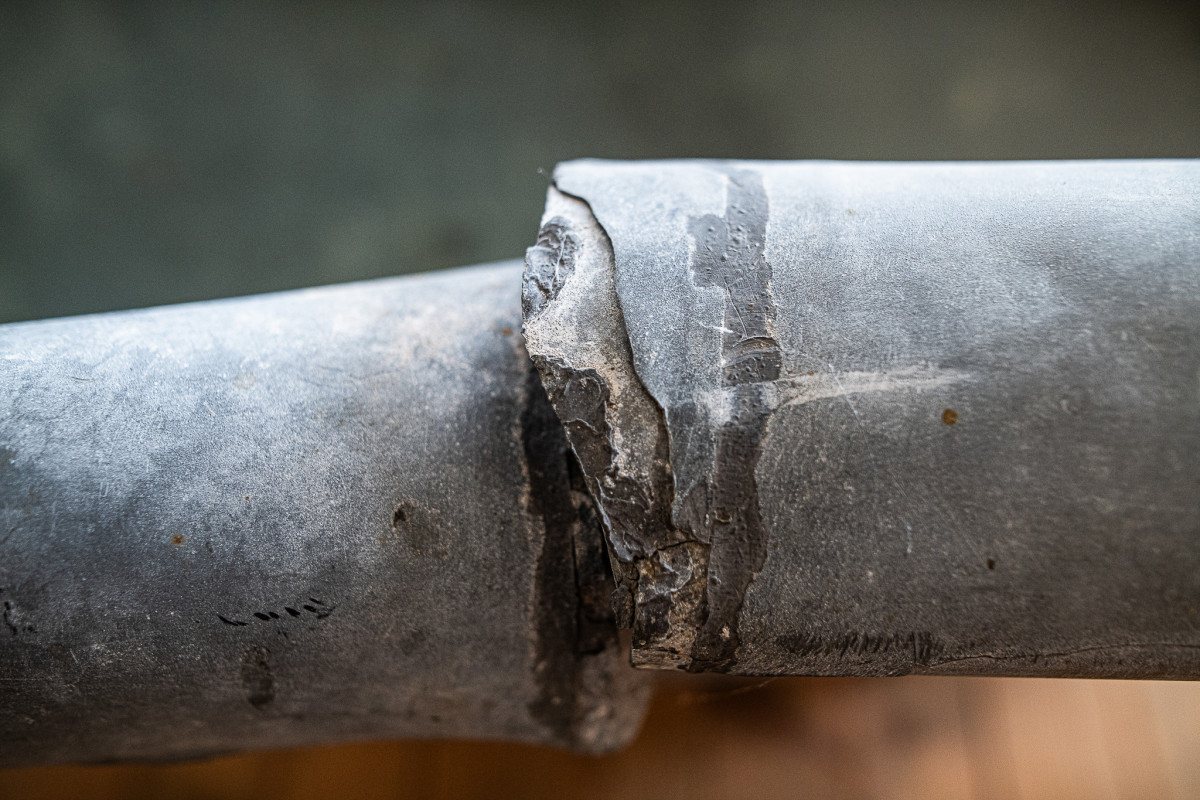
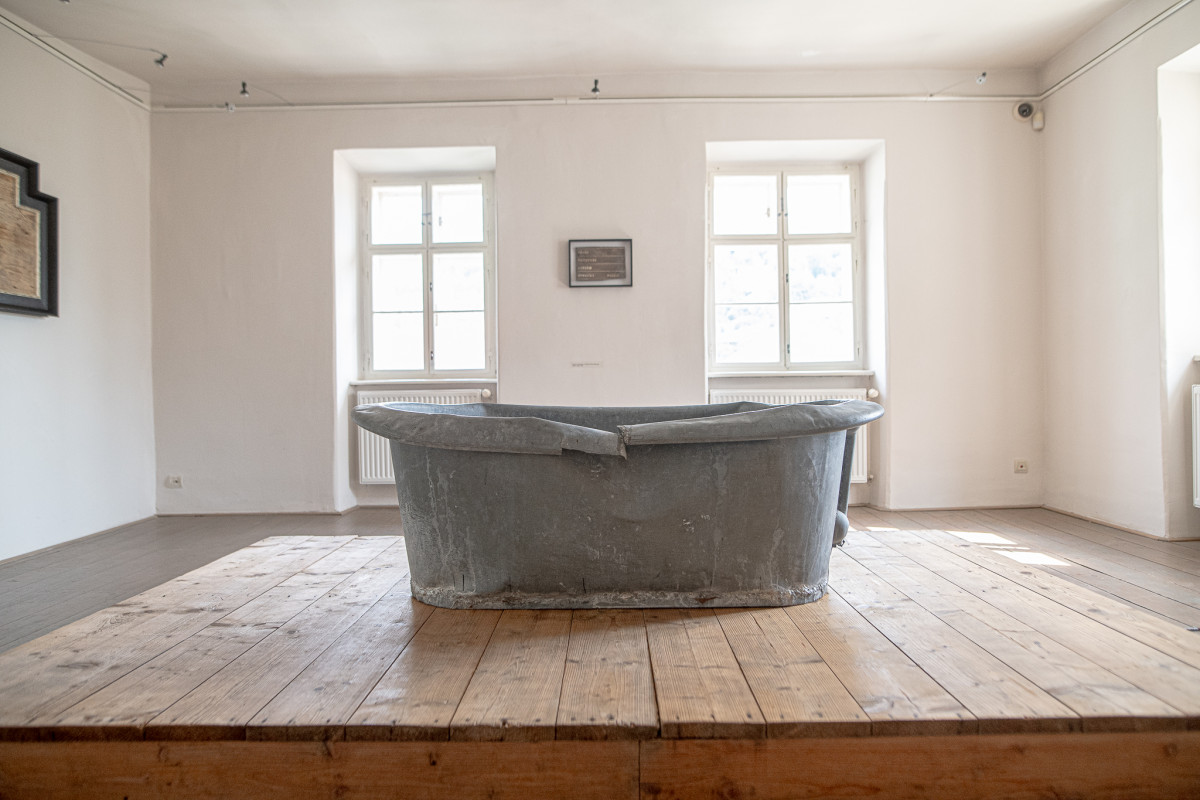
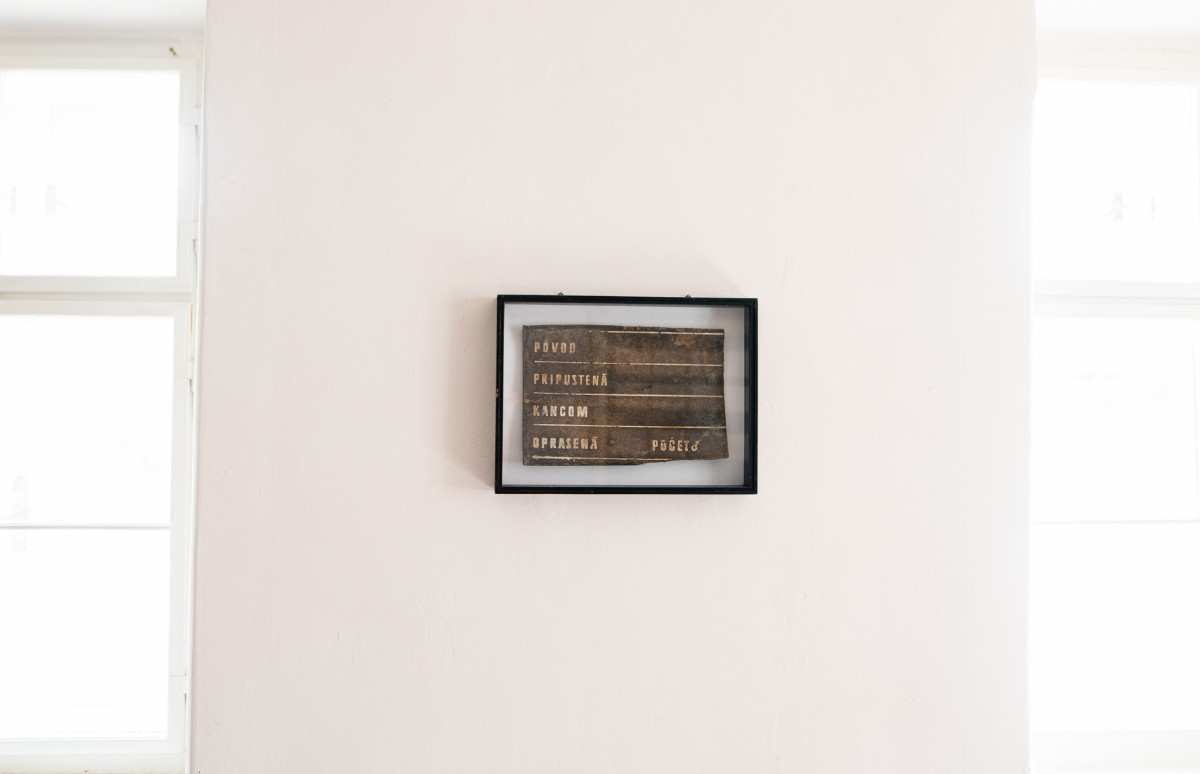
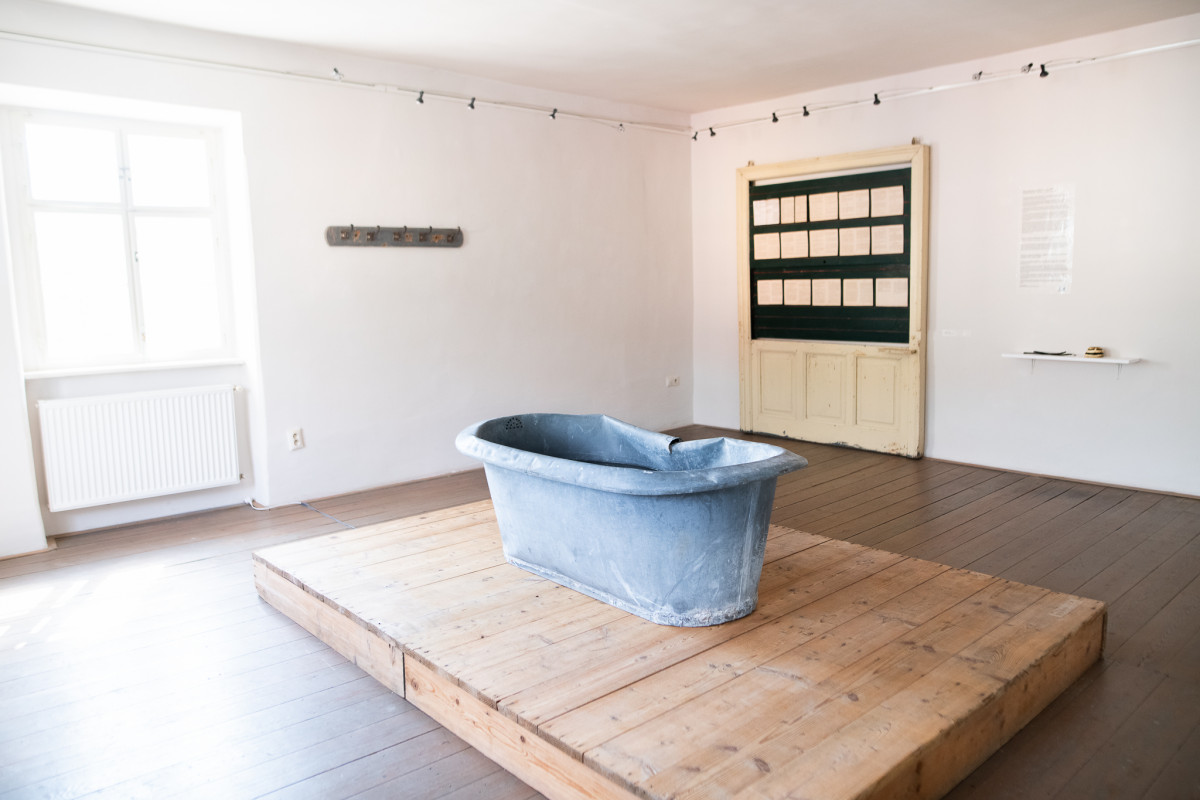
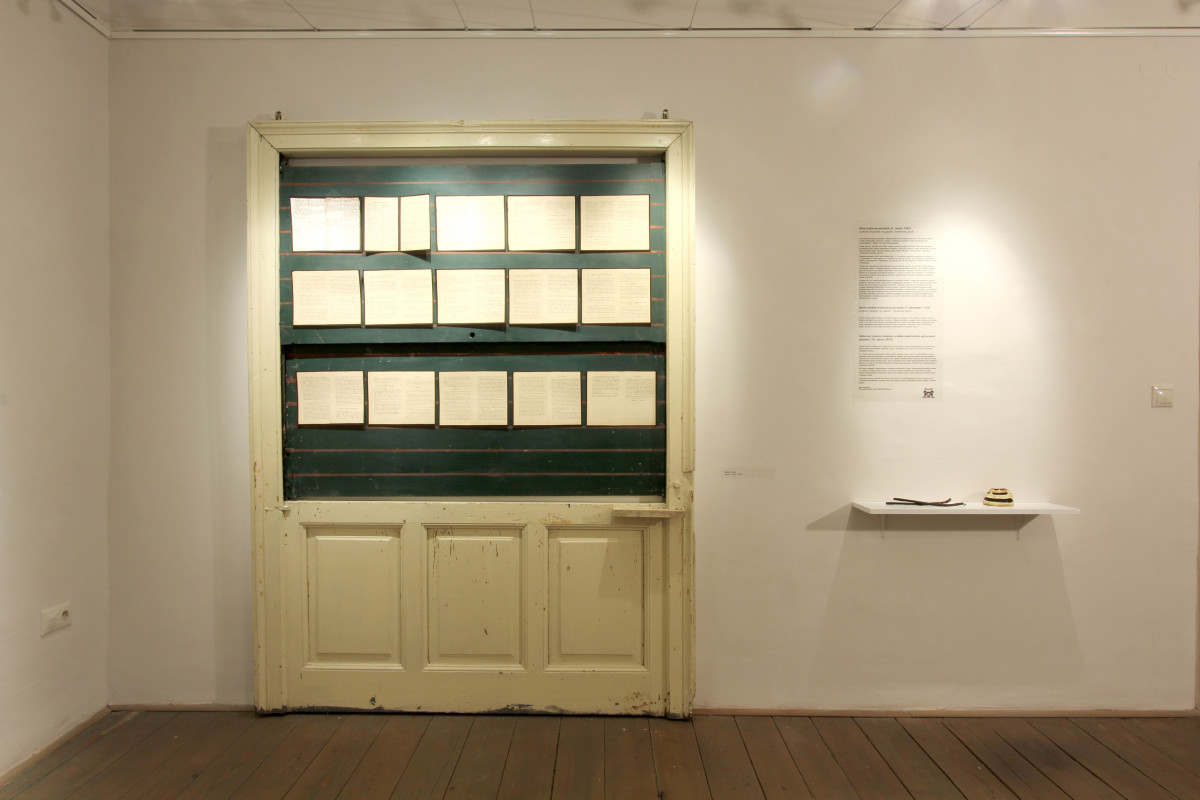
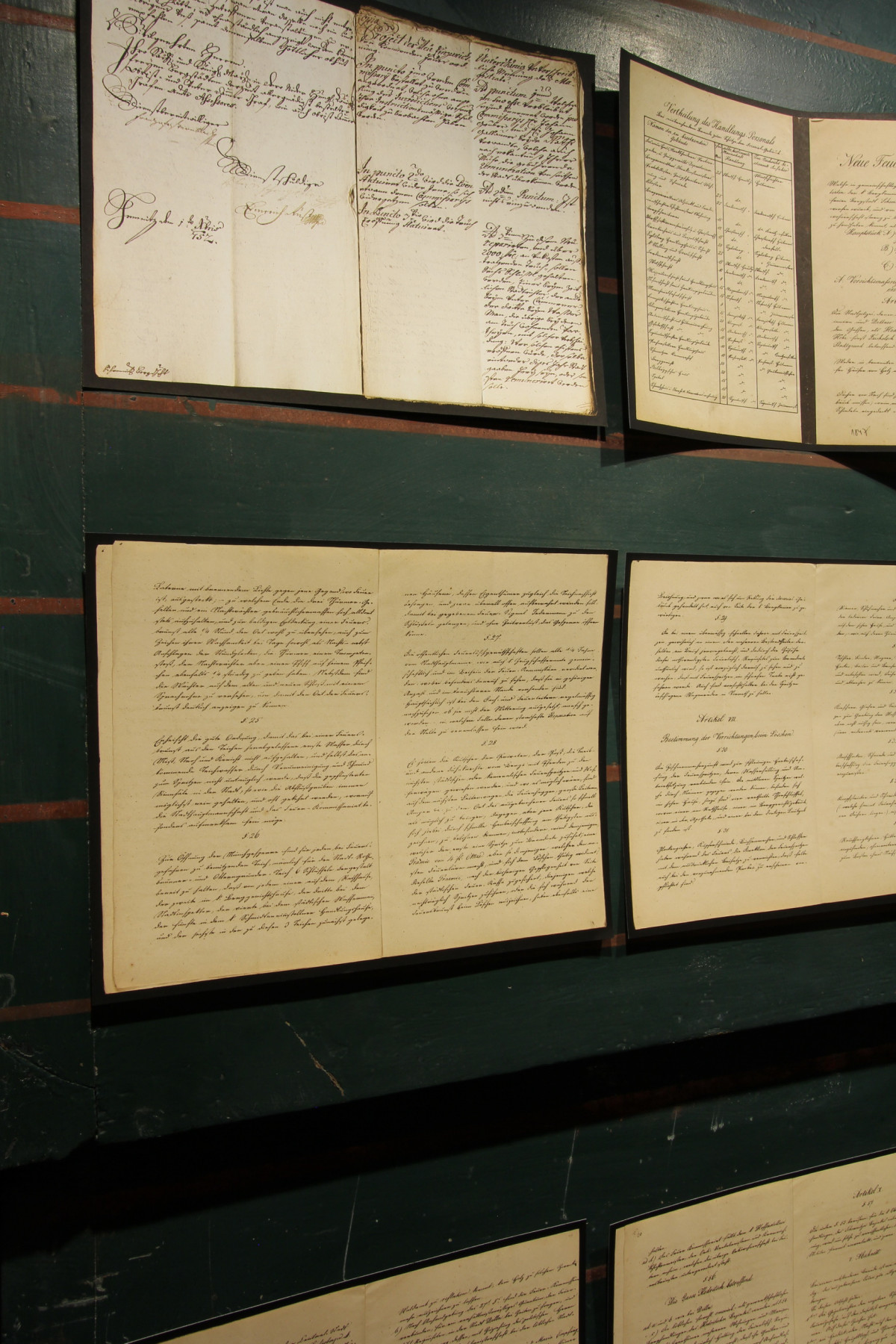
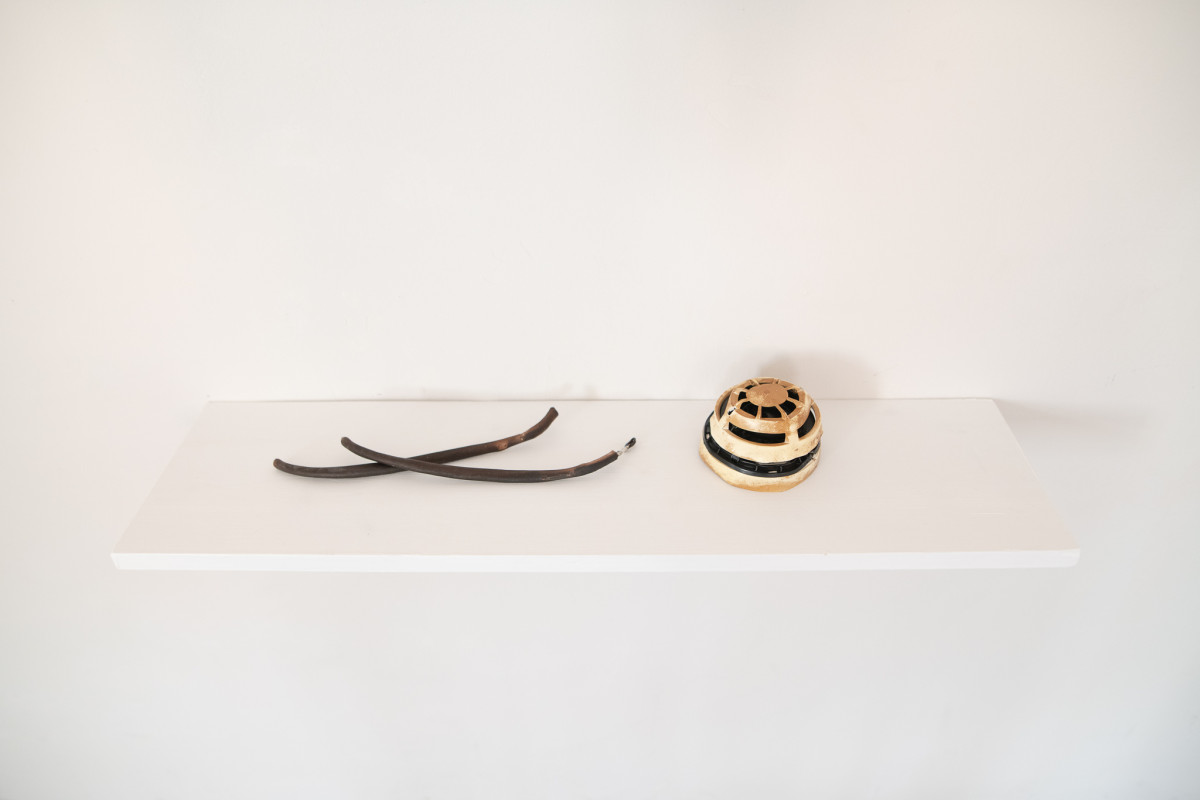
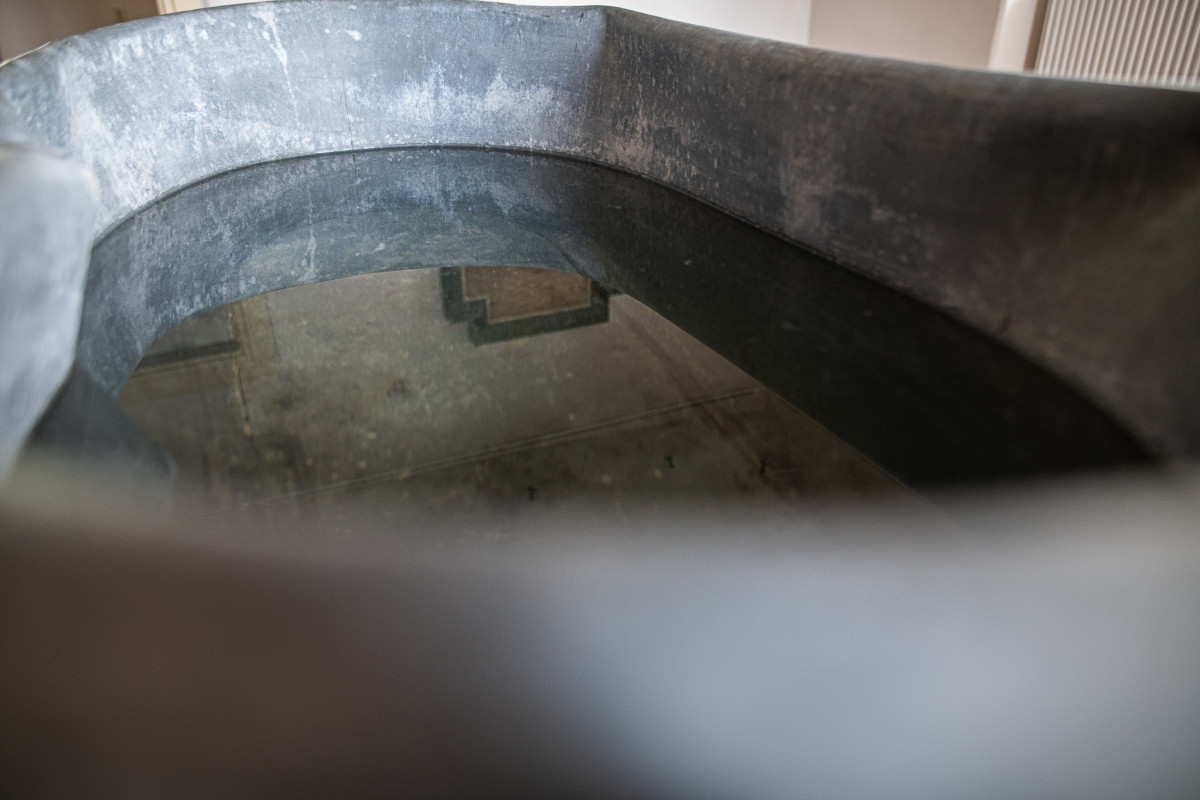

Stopy pôvodu / Rozkvitanie
Monika & Bohuš Kubinskí: Traces of Origin - Blossoming
Psychogeography is a term first used by the French philosopher Guy Debord in 1955 to describe an artistic method that explores the influence of the urban environment on human behavior and draws attention to the specifics of a particular location by linking mind, emotion, and movement. This is one of the principles that the Kubinskis have chosen as a strategy for their latest joint exhibition at the Schemnitz Gallery in Banská Štiavnica. However, they approach this method in their own way because they do not let us, the viewers, perceive the environment of the city. On the contrary, they bring its history and present together with the stories of its inhabitants into the gallery environment.
Monika and Bohuš Kubinski have been collaborating since the 1990s on monumental site-specific installations characterized by experiments with non-art materials, the interconnection of various art media with found objects, the use of contemporary technologies, and interaction with viewers. By combining personal and collective histories, an engaged stance, critical thinking, and an emotive experience of the exhibition space, they create works that respond to a variety of social, political, and ethical themes, both past and present. Alongside their joint projects, they also work individually - Monika is mainly engaged in painting with poetic and autobiographical elements, while Bohuš works with sculpture in traditional materials (mainly stone - marble), which he places in non-traditional contexts.
For the Schemnitz Gallery, they have created an exhibition influenced by their view of Banská Štiavnica, exploring and experiencing its past and present. It is not a "classical" exhibition showing a selection of their current work - rather, it is a direct response to the place/city. It is a whole made up of different parts, created through the communication and collaboration of the two husband and wife artists. Each of them works independently but at the same time in a common dialogue. In an attempt to create a balance (in the sense of yin and yang), two principles, two opposites - poetry and beauty with sarcasm and crudity - are mixed here.
The title of the exhibition, Traces of Origin - Blossoming, is composed of two parts, thus referring to the aforementioned polarity. Bohuš Kubinský works with objects, stories, and the traces they leave in space and in people. He found them not only in Banská Štiavnica but also in the place where he and Monika live - Maslovce, a small village in the southwest of Slovakia. For a long time, he has been creating a kind of material library from old unnecessary things, which he recycles and gives new meanings and new life. In the largest room of the gallery, we can see objects, all but one of which he created especially for this exhibition.
The work "Warm Water" was created for the exhibition "Movement of Memory," which took place at the turn of 2019 and 2020 in the New Synagogue in Žilina. In an old, galvanized bathtub, the water is constantly heated to the temperature of the human body. If water has memory, can it also remember the body of a person who is no longer in it? "The installation, which could remind us of the beneficial effects of a bath ritual, turns into a socially critical warning of the unfortunate consequences of washing away memories." (Michal Lalinský)
The hanging object "History of Humanity" consists of boards from an old latrine located in the artists' garden. By framing them, these utilitarian "boards on which the world sits" are transformed into something precious, worthy of being lifted from their eternally ungrateful horizontal position into a form that evokes an almost "holy picture." It is an admittedly primal, sarcastic commentary on the past, present, and possible near post-election future of our nation and, more broadly, of all humanity. A literal mirror is set to those of us who dare to lift the lid.
Another of Bohuš's commentaries on the current political situation is the object "Portrait of the Unknown," in which an old piggy bank tablet found in a pigeon coop takes on unexpectedly topical meanings.
On Saturday, March 18th, the historical centre of Banská Štiavnica was engulfed by a fire that damaged seven buildings. The work "Tabula rasa," a school board from the 19th century supplemented by facsimiles of documents from the Slovak Mining Archive, whose building was also affected by the fire, but by a fortunate coincidence, the precious archive did not burn down. This would have been a tragedy not only of local but also of international significance. This work responds to the event. Bohuš Kubinský, along with the director of the archive, Petr Konečný, found documents from the 18th and 19th centuries containing what would be termed today as "fire-prevention measures." Unfortunately, this year's fire revealed that some of the current measures and procedures had not been sufficiently developed or followed. Sometimes, perhaps, it would be enough to build upon the past and learn from the lessons of those who came before us.
The two rooms in which Monika Kubinská presents her works act as a counterpoint to Bohuš's objects. The installation entitled "Blossoming" showcases the artist's current painting work. The paintings seem to levitate in space with an ease that resembles a meadow capable of blooming in a place scarred by war, drought, or human indifference. In these works, Monika aims to express the hope that all may not yet be lost. Much like her earlier pieces, she employs natural materials, incorporating flower petals and other plant parts onto the canvases. Natural pigments and wine serve as her paint. The paintings delve into themes of relationships - between people and between humankind and nature. While we are part of a singular whole, our collective existence on this planet is far from harmonious. Moreover, our human presence is fleeting, uncertain, and ephemeral. Nonetheless, the onus is on us to summon the strength and courage to implement the necessary stability and balance within these relationships.
The exhibition's culmination takes place in a room dubbed "Tribute to Alžbeta Gwerk-Göllner." Inspired by the book "A Quiet Stay on Gwerková-Göllnerová Street" (Literárna bašta, 2022) by Anna Grusková, Monika Kubinská crafts a vivid portrait of this literary scholar, Hungarianist, and historian. Alžbeta Gwerk-Göllnerová comes alive through an artistic reportage, depicted as a modern First Republic woman, a trailblazer for democracy in Slovakia, and the wife of painter Edmund Gwerk. Together, they resided in Banská Štiavnica from 1937 until her tragic death in 1944, when she was captured for her participation in the Slovak National Uprising and subsequently executed by the Nazis in Kremnička, near Banská Bystrica. The exact identity of the informant who betrayed her remains shrouded in mystery. Historically, widows were surprisingly frequent informants. As such, one of Monika Kubinská's messages resonates as a call for solidarity among women.
Monika identified striking parallels between the life of Dr. Elisabeth Gwerk-Göllner (1905-1944) and her own family history. In "Dress - Memory for the Future," Monika employs her grandmother's wedding nightgown - a cherished relic from her Sorbonne-studying grandmother - as a tangible link, an imprint of the past and the female form. It is juxtaposed with volcanic rock, visually reminiscent of a ruffled dress. Within this installation, the fluidity of scorching time appears fossilized into an ageless, immovable form spanning millennia.
The collection's final room installation is accompanied by the original edition of "The Woman of the New Era" (Tatran, 1938), a comprehensive volume exceeding six hundred pages. Here, Gwerková-Göllnerová and Jarmila Zikmundová dispensed varied life advice and guidance for the modern democratic woman. However, the book was banned following the establishment of the undemocratic Slovak state in 1939.
The exhibition "Traces of Origin - Blossoming" merges personal and collective memory, local and global history. It's a quest to unearth remnants of objects, individuals, and narratives buried within the sediment of time. The presentation involves a meticulous repurposing of materials, forms, content, stories, and destinies. This endeavour strives to identify fixed points within a malleable timeline, embracing the patience that flowers symbolize, infusing forgotten corners with new context. Blending coarse humour with tender poetics, the exhibit underscores the belief that unity forms the genesis of all things, and its manifestation emerges through communication between beings, art, and the world. The psychogeography introduced at the beginning of this text can serve as a lens to interpret this exhibit in relation to Banská Štiavnica and its broader surroundings, extending beyond Slovakia's borders. The creative dialogue shared between two artists, a man and a woman, traverses into the gallery space, engages with it, and endeavours to initiate a conversation with us, the viewers. The question remains: will we heed its call?
Omar Mirza
July 2023
